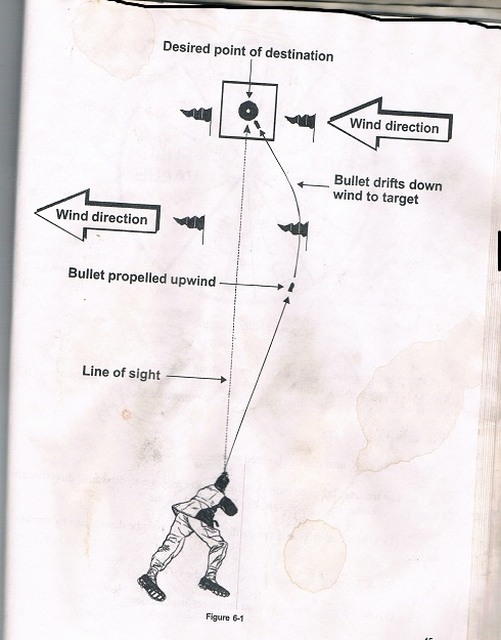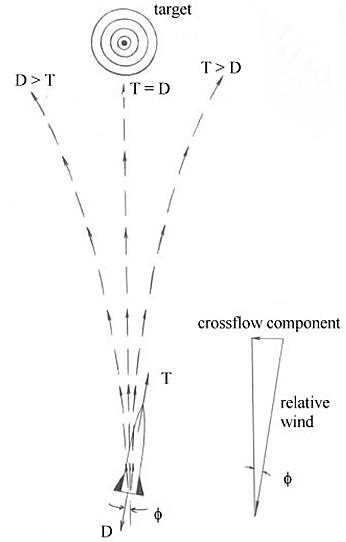Re: Wind read- More important at gun or target?
Einstein used to say, if you can't explain it to an 8 year old, you don't really understand it yourself.
Note that nowhere did I suggest that a mid range wind read was a bad idea, or in any way 'wrong' in and of itself. It's just not the whole story, it can't be used to the exclusion of all else and it does not, for a fact, have the most effect on the bullet path from a technical standpoint.
The example is clearly not a real world illustration. It is mearly a way to understand the effects of deflection.
A savvy shooter will take the whole of the trajectory path into account when making a wind call. The near wind can be physically measured. Wind at the target area can be estimated, often fairly well. I had a timer added into FFS to measure drift of particulates (smoke, dust from a shot) and use the reticle to get a very precise measure of the crosswind at that point. Mid range is the most difficult point to get a precise read. While mirage may be present, it is not normally on the bullet path but well underneath it. This requires the observer to account for the gradient increase and angle off after any ground estimation.
For example, I had a private class last weekend, and during the class we took some shots with the 338 at 1427 yards. Out of the three shooters, we got two first round hits and one hit on the second shot. .4 mil left on the knob to get to zero, then a hold of 1.5 to 2.1 mil left for wind got the first round hit on the cold bore shot.
Of course, the clients first question is "How do you SEE that?"
It's over 35 years of experiance on ranges all over the world. It's understanding air is a fluid, and reading the terrain as much as seeing the mirage, grass, trees, etc. It's being familiar with the patterns of flow at that range. It's taking the four different directions and speeds that I see over the course of the shot and making a crosswind value out of it and making a call, then commiting to it. Add in a bit of good fortune, and Bingo!, we get a hit.
The more I practice, the luckier I get! What I DON'T do, is look at mid range with the spotter and use that alone to make a call. Given a short range ( say under 500y) and a flat square level rifle range environment, it's probably usable, since it's pretty hard to get actual severe changes in speed and direction over enough range to get you into a lot of trouble when you only have 500 yards of flat surface. Extend the range much or get into some rough terrain and you have a problem that a mid range read in isolation is not going to solve.
This is why we work as teams in the PR7 class, shooter and spotter. You learn as much spotting as shooting. The mechanics of firing the shot are not too complicated, certainly less difficult than playing a piano or driving a car. The art of reading wind takes much more time and experiance to develop than basic marksmanship skills. I can't tell you what you see when you look downrange, you need to look, make a call, have a shot fired and see the result, then recalibrate so your call matches the actual results. Lather, rinse, repeat. Do that enough in enough different places and you can get pretty good. If you ever get to where you are never wrong, please let me know, as I'll be happy to pay for lessons.





